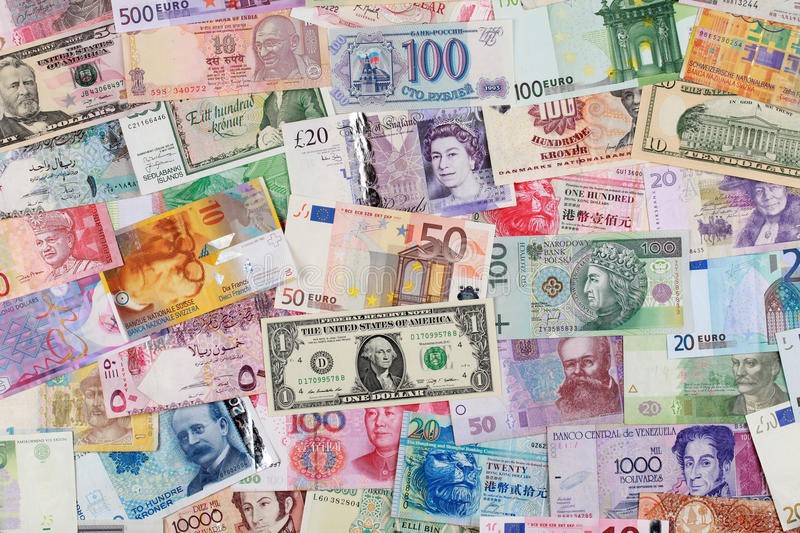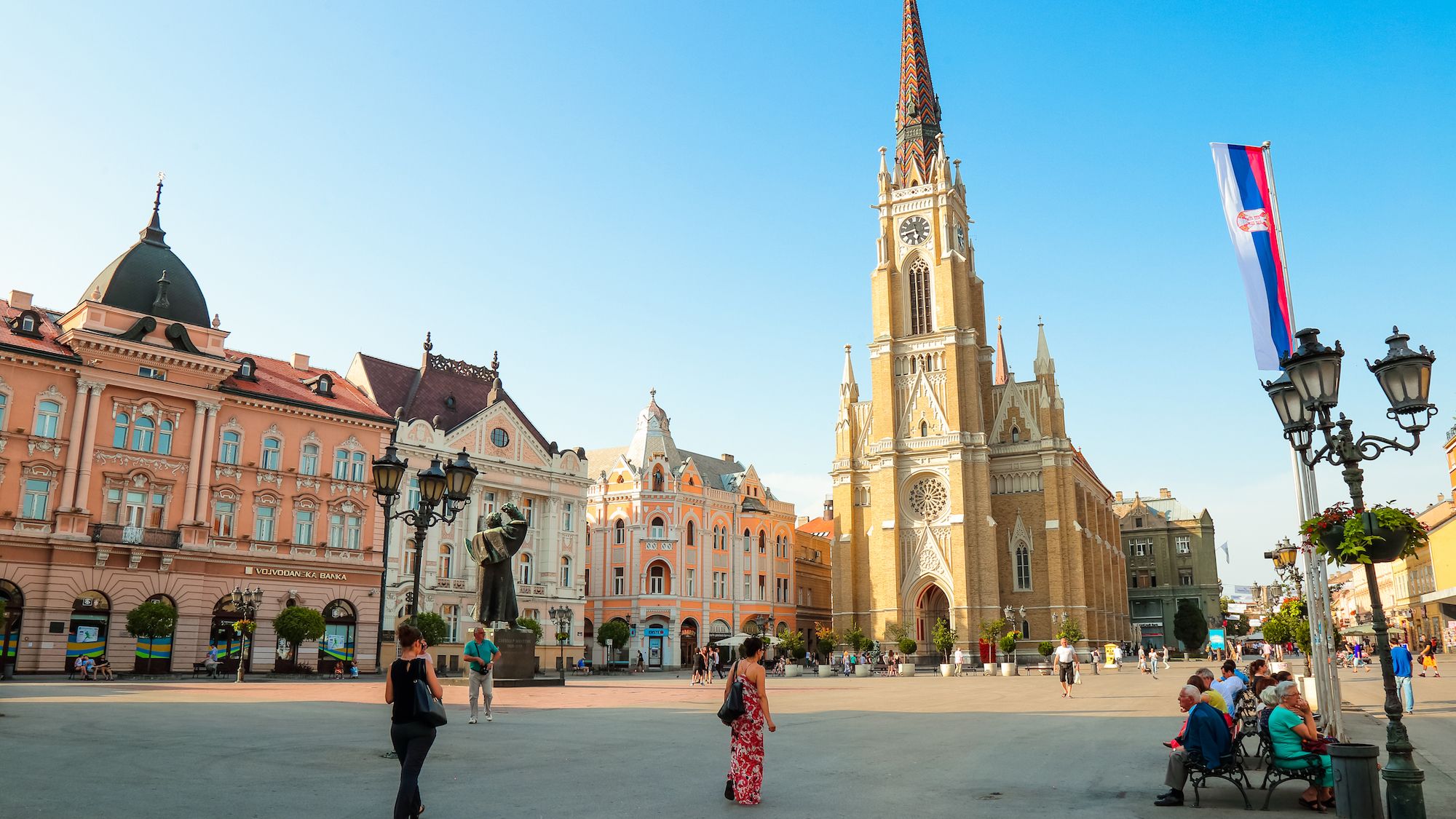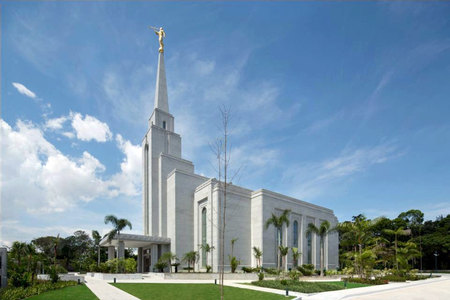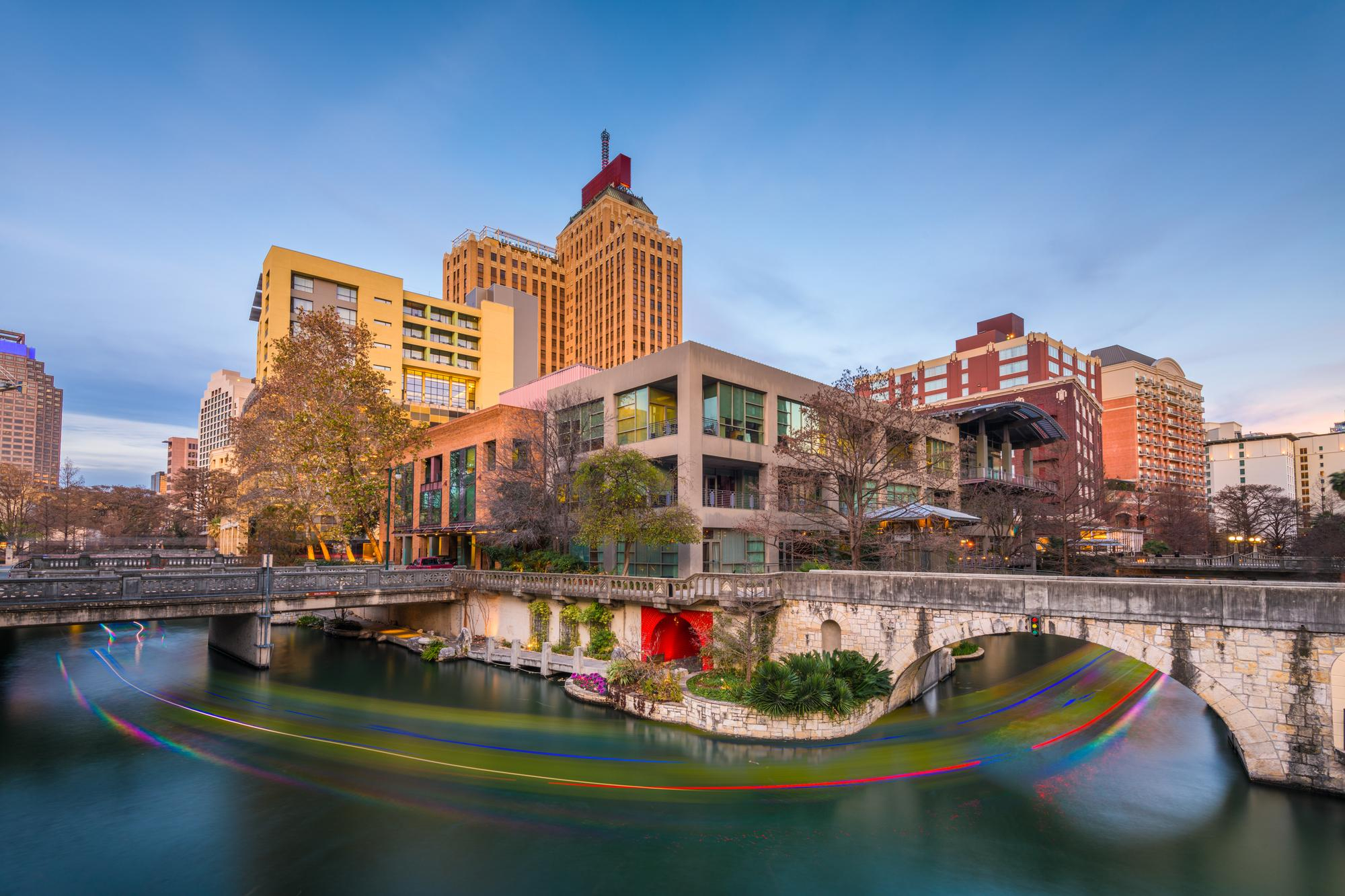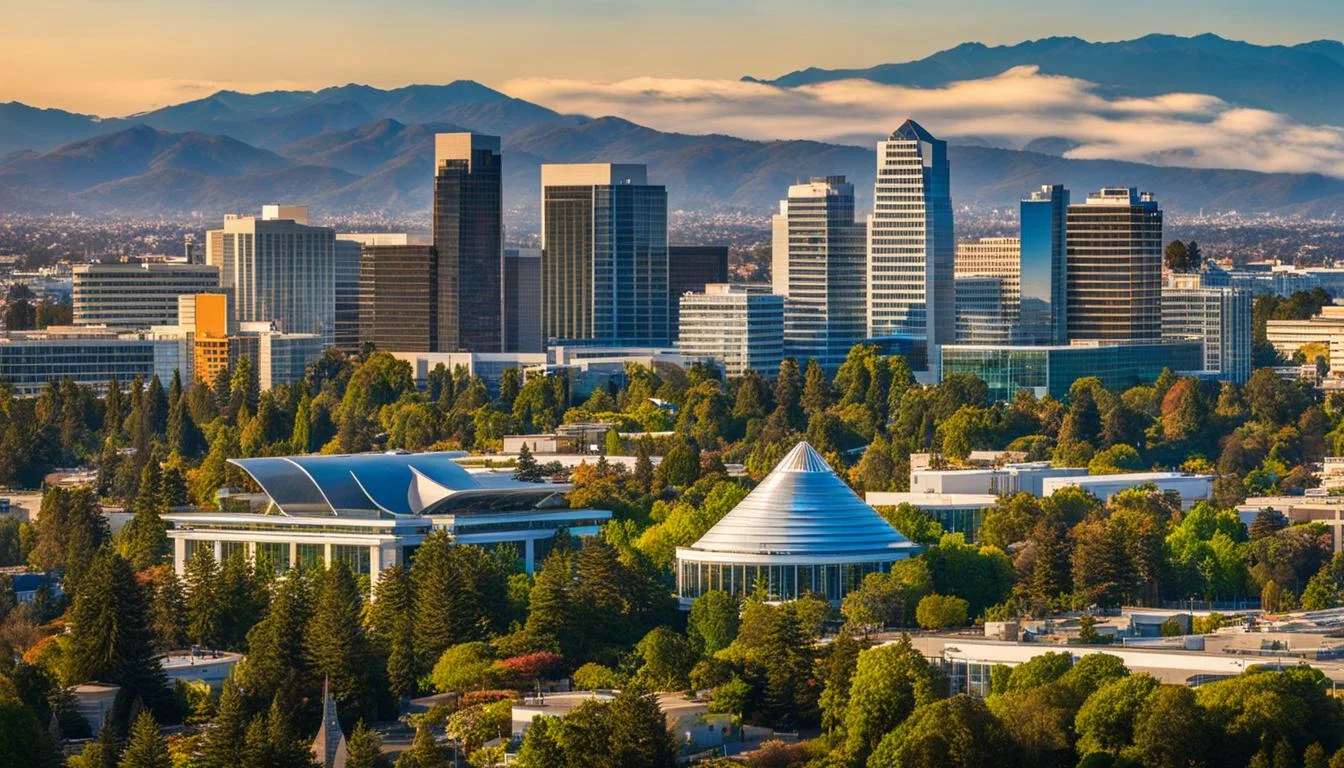Mata uang terkuat di dunia tidak hanya mencerminkan nilai tukarnya yang tinggi, tetapi juga menggambarkan stabilitas ekonomi, daya beli, dan kepercayaan internasional terhadap negara penerbitnya. Mata uang yang kuat memiliki pengaruh besar dalam perdagangan global, investasi, dan cadangan devisa internasional. Artikel ini akan mengulas mata uang terkuat di dunia dan faktor-faktor yang mempengaruhi kekuatannya di slot gacor via qris.
1. Dinar Kuwait (KWD)
- Nilai terhadap Dolar AS: 1 KWD ≈ 3.26 USD Dinar Kuwait (KWD) saat ini memegang posisi sebagai mata uang dengan nilai tertinggi di dunia. Kekuatan mata uang ini terutama disebabkan oleh cadangan minyak negara Kuwait yang sangat besar. Kuwait merupakan salah satu penghasil minyak utama dunia, dan sebagian besar pendapatan negara berasal dari sektor energi. Selain itu, kebijakan moneter yang hati-hati dan tingkat inflasi yang rendah turut mendukung kestabilan dinar Kuwait.
2. Dolar Bahama (BSD)
- Nilai terhadap Dolar AS: 1 BSD = 1 USD Dolar Bahama (BSD) memiliki nilai yang setara dengan dolar Amerika Serikat karena mata uang ini diikat langsung dengan USD. Bahama adalah pusat keuangan internasional, dan sektor pariwisata negara ini juga berkontribusi signifikan pada ekonomi. Kebijakan moneter yang stabil dan ketergantungan pada dolar AS membuat Dolar Bahama tetap kuat.
3. Dolar Singapura (SGD)
- Nilai terhadap Dolar AS: 1 SGD ≈ 0.74 USD Dolar Singapura (SGD) dikenal sebagai salah satu mata uang terkuat di Asia. Keberhasilan Singapura sebagai pusat keuangan global dan ekonomi yang sangat maju memberikan kontribusi besar terhadap kekuatan dolar Singapura. Negara ini memiliki cadangan devisa yang tinggi dan kebijakan moneter yang kuat. Sektor perdagangan dan teknologi yang berkembang pesat turut mendukung daya beli mata uang ini.
4. Dolar Brunei (BND)
- Nilai terhadap Dolar AS: 1 BND ≈ 0.74 USD Dolar Brunei (BND) adalah mata uang yang juga dipatok terhadap dolar Singapura. Kekuatan BND berasal dari ekonomi Brunei yang didorong oleh cadangan gas dan minyak alam yang sangat besar. Negara ini memiliki cadangan devisa yang tinggi, serta kebijakan fiskal dan moneter yang sangat konservatif, menjadikannya salah satu mata uang yang sangat stabil.
5. Franc Swiss (CHF)
- Nilai terhadap Dolar AS: 1 CHF ≈ 1.09 USD Franc Swiss (CHF) adalah mata uang yang dikenal sebagai “safe haven” atau tempat perlindungan bagi investor, terutama pada saat ketidakpastian ekonomi global. Kekuatan mata uang ini didorong oleh stabilitas ekonomi Swiss, cadangan emas yang besar, serta kebijakan moneter yang konservatif dari Swiss National Bank (SNB). Swiss memiliki sektor perbankan yang kuat dan tingkat utang publik yang rendah, menjadikannya salah satu mata uang yang paling terpercaya di dunia.
Faktor yang Mempengaruhi Kekuatan Mata Uang
Kekuatan mata uang tidak terjadi begitu saja. Ada beberapa faktor yang memengaruhi posisi mata uang dalam sistem keuangan global:
- Cadangan Alam dan Sumber Daya Alam Negara dengan cadangan alam yang besar, seperti minyak dan gas, cenderung memiliki mata uang yang kuat. Contohnya, Kuwait dan Brunei, yang ekonominya sangat bergantung pada minyak dan gas alam, memiliki mata uang yang stabil dan kuat.
- Kebijakan Moneter dan Fiskal Kebijakan moneter yang hati-hati, suku bunga yang stabil, dan inflasi yang rendah dapat mendukung kekuatan mata uang. Bank sentral yang menjaga kestabilan moneter, seperti Swiss National Bank (SNB), berperan besar dalam menjaga nilai tukar mata uang.
- Cadangan Devisa Negara yang memiliki cadangan devisa yang besar dapat mengintervensi pasar mata uang untuk menjaga stabilitas nilai tukar. Negara-negara dengan cadangan devisa tinggi sering kali memiliki mata uang yang lebih kuat.
- Kepercayaan Pasar Internasional Kepercayaan pasar terhadap stabilitas ekonomi suatu negara sangat memengaruhi kekuatan mata uang. Negara-negara dengan ekonomi yang terpercaya dan sistem politik yang stabil sering kali memiliki mata uang yang kuat, seperti Singapura dan Swiss.
- Neraca Perdagangan dan Ekspor Negara dengan surplus perdagangan cenderung memiliki mata uang yang lebih kuat, karena permintaan terhadap barang dan jasa mereka menghasilkan permintaan untuk mata uang mereka. Singapura, yang merupakan pusat perdagangan global, memiliki mata uang yang kuat karena dominasi ekspornya.
Kesimpulan
Mata uang terkuat di dunia mencerminkan kombinasi antara stabilitas ekonomi, cadangan alam, kebijakan moneter yang bijak, dan kepercayaan pasar internasional. Mata uang seperti Dinar Kuwait, Dolar Singapura, dan Franc Swiss bukan hanya menunjukkan nilai tukar yang tinggi, tetapi juga mencerminkan sistem keuangan yang solid dan kestabilan ekonomi negara yang menggunakannya. Faktor-faktor yang mempengaruhi kekuatan mata uang ini juga menggarisbawahi pentingnya kebijakan fiskal dan moneter yang efektif dalam mempertahankan daya beli dan stabilitas nilai tukar di pasar global.
